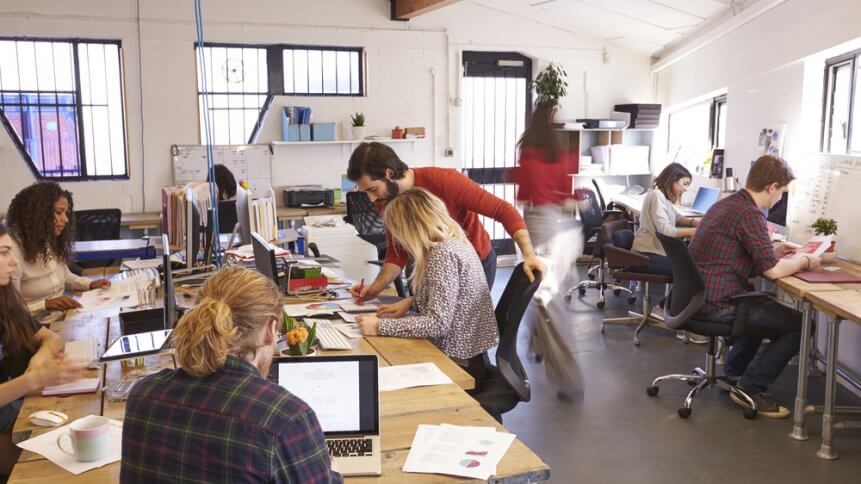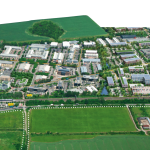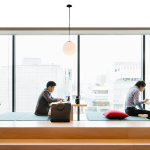Will future offices be connected through apps?

When we think about office space in the past, rows of cubicles and compartmentalized space may be the first image to appear. Gradually, open-plan space became a concept adopted by organizations aiming to cultivate collaboration and team culture.
Now, office space refers to more than the physical and tangible aspects; instead, organizations want to create ‘workspaces’— ecosystems of people, space, work, and technology.
Moreso than ever, workplaces play an important part in younger generations’ consideration of a job. Gen Z expects open, tech-driven spaces with convenient and flexible facilities. Employers are waking up to this fact, and choosing to leave strip lit, stuffy offices for modernized design.
Nearly three-quarters (73 percent) of office workers in the UK now work in an open-plan office, and claim there are direct links to their productivity levels. Noise levels were also a particularly common gripe.
At the same time, while ‘breakout’ space may be available for employees, the fact is, people don’t tend to stray far from their desks. Eighty-two percent of UK office workers still spend over 50 percent of their time at their stations.
That opens up new opportunities for personalization and flexibility for individual stations, and with these new working environments are even becoming connected, workers could customize their surroundings through the use of an app.
Connected through technology
Put yourself in this ‘future office’ scenario. Your connected workplace app recognizes your registration plate and locates an empty parking space just as you enter lot. Flagging your agenda, the app finds your most suitable space to start off your day but, before you get settled in at a desk, you grab your coffee from a machine that remembers your favorite choice.
As you approach your space, the light and temperature are exactly to your liking and continuously monitored by the app, taking into account other factors like the weather and outdoor temperature.
YOU MIGHT LIKE

The UK spin-off tech hub with Silicon Valley parallels
Furthermore, the app has a location service that allows you to locate other colleagues in the building with ease and there is an option to remain “invisible” if you wish to be off the radar.
This smartphone app is an innovation of the Edge, in Amsterdam, recognized as the smartest building in the world by Bloomberg. This is an example of an office space wired with technologies to deliver the ultimate personalized, future office experience.
At a personal level, the Edge smartphone app caters to an employee’s needs in terms of creating an ideal setting for the individual; at an organizational level, coworking spaces such as WeWork are utilizing a mobile app and Internet of Things (IoT) to create a smarter workplace, conducive for productivity.
Forwarding-facing businesses and co-working spaces (let’s not mention WeWork) are capitalizing with similar technology, that seeks to foster the benefits of a personalized approach to workplace environments.
As workplaces evolve, apps could play a crucial role in tying physical environments together with internal collaboration and networking tools. Employees can interact with their workplaces, connect with staff-members they might not bump into, book meeting rooms, and keep up with office goings-on when working remotely.
In taking a leaf out of Edge’s book, we can create workplaces that employees are connected to, that serve them, cater to their preferred ways of working and connect them to the wider company.









